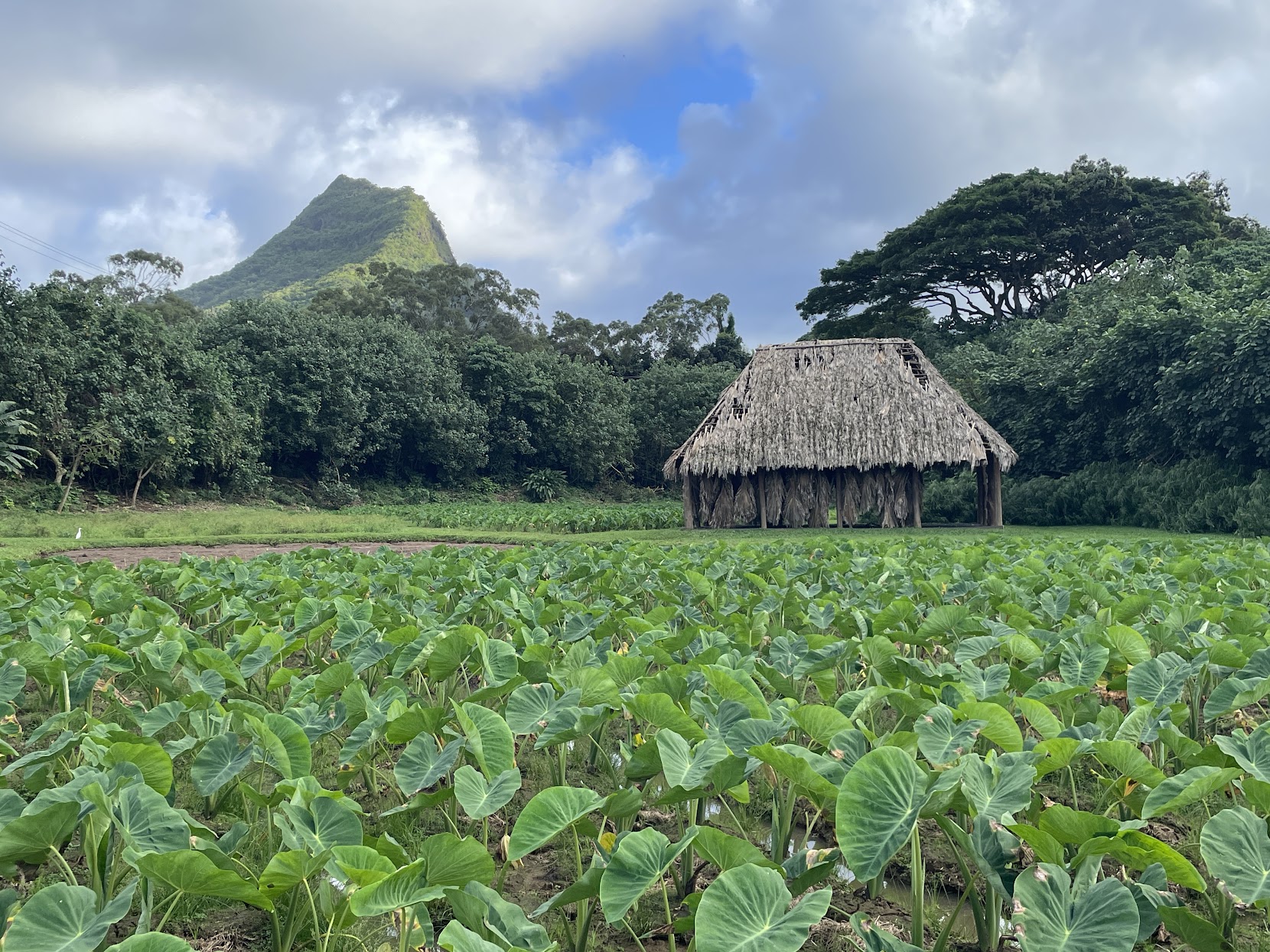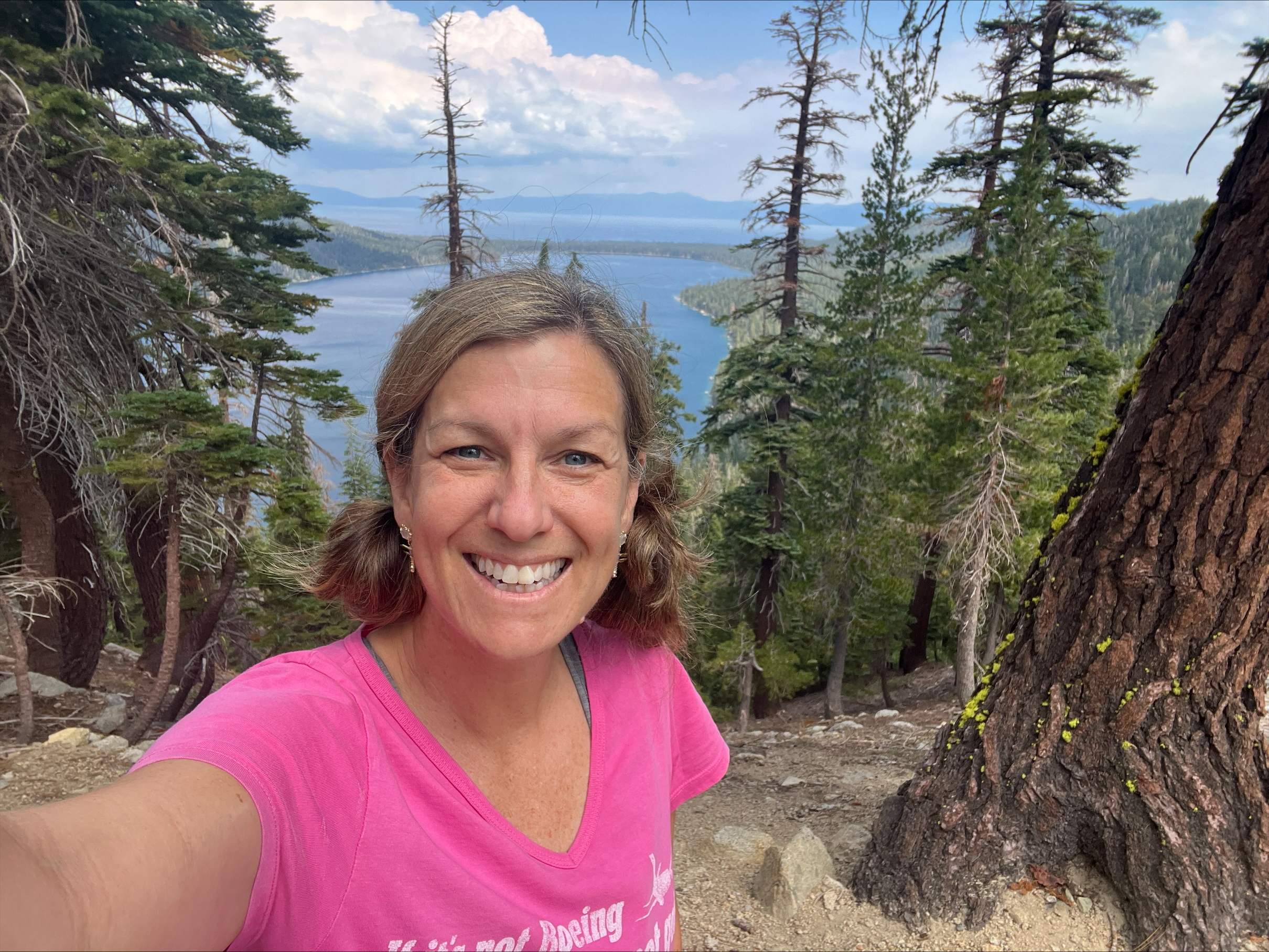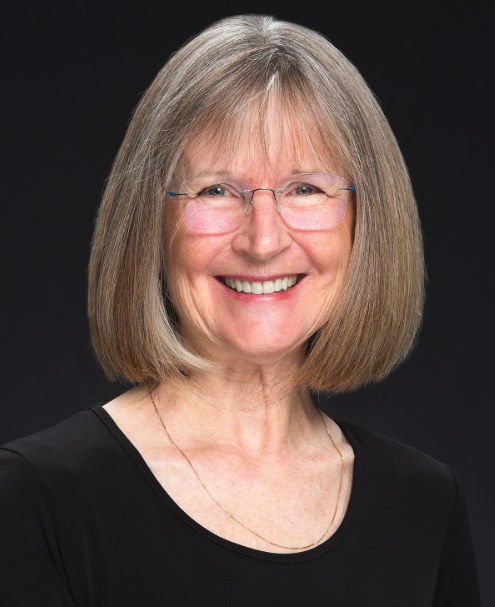At church my family always sits on the side over by the musicians. Church-going people fall into habits like that, sometimes for no particular reason. But I like it over there, because I imagine myself as both a pew-sitter and a musician at church, so I can slide conveniently from one role to the other as needed. I also like to sit over there because I get a pretty good view of the rest of the congregation. Once in a while, I just watch people during worship, watch them shift in their seats or look up at the ceiling or frown in concentration. What are they thinking? I wonder. In a relatively quiet, non-demonstrative worship setting, our inner lives during worship are something of a mystery.
My favorite moment in worship is usually the communion circle, when I can see people’s faces more clearly. Then I can notice more. Wow, Mimi’s son is getting tall. And Cele, recovering from cancer, she’s looking pretty good. And there’s one of my students. And the older couple who celebrated their fiftieth anniversary. And there’s the millionaire, right next to the ex-con. There we all are, expectant, some of us singing with the congregation, some of us just waiting for grace to come around to us in the form of bread and cup. We know it will. It always does.
This past Wednesday evening, I got up from my usual seat on the side to serve as liturgist for our Ash Wednesday service. Oh, now this is a whole different perspective on the congregation. I’ve done this before, but it still feels odd and a little startling. Standing at the lectern, I am surprised how close together everyone seems, how small the room feels. I hear my own voice speaking the words, but it seems to come from someone else, filling this dark, cold sanctuary.
We sing and meditate on dust and ashes, especially on Psalm 103. We are fragile and weak, reminds the Psalm, fading and dying like flowers. Yet the Lord has compassion on us: praise! He remembers that we are dust. Greg, our worship pastor, has wisely thought to weave Matthew 11 into the songs and liturgical words, so our meditations on mortality and sin settle gently into Jesus’ invitation to come and rest. We are dust, but it’s all right. We find rest for our souls in him.
After prayers comes time for the imposition. I turn to our pastor and thumb ashes onto his forehead, the sign of the cross: Jack, remember that you are dust and to dust you shall return. He places the mark on me, says the words. Then we turn to the people, lined up and waiting. Their faces: so close! Each one in turn, tilted up, submissive, expectant. I say the words, over and over again. If I know the person’s name, I say it: Donna, remember that you are dust. Kurt, remember that you are dust. Have you ever noticed how different people’s faces are? I don’t think we really look at each other’s faces very much. So many different kinds of skin: porcelain smooth, ruddy and rough, grayed and creased, brown, olive, caramel. Each face shaped so differently. Pointed chin or round cheeks, stubbly or bearded, almond eyes or bulging or deep-set. I thumb the ashes onto foreheads, some of them a broad expanse, others a narrow channel between eyebrows and thick hairline. I brush back bangs: remember that you are dust and to dust you shall return. I say this to a tiny, beautiful Korean child on her mother’s hip. I say it to a teenager with fiercely magenta hair. I say it to friends and strangers, my own aunt, a colleague. I say it to a man who only a few months ago had surgery for a brain tumor, and in the second when our eyes meet, I see pain and astonishment in his. How real these words are to him. Each person, in their small smiles or red-rimmed eyes, in their silent acceptance of the ashes—so vulnerable. And here I am in this moment, enacting this sacramental intimacy. I feel the communion of our creatureliness, but each person looks right through me, it seems, searching for the face of Christ. I keep dipping and thumbing, speaking the words, but in my spirit I move aside, trying to be transparent, letting the mystery of each person’s inner life linger and rest here, in this space of holy honesty.
The last person, a young woman, gives me a smile. I say the words, another smudged cross, we’re finished. I step back to my seat on the side with a blackened thumb, and all I can think of is gratitude. For an ancient wisdom that teaches us to turn our ashes into the sign of the cross. For the saints who have walked the Lenten path before us, endured the desert, taught us how. For the mysterious presence of Christ when we go silent and turn our faces toward him.





